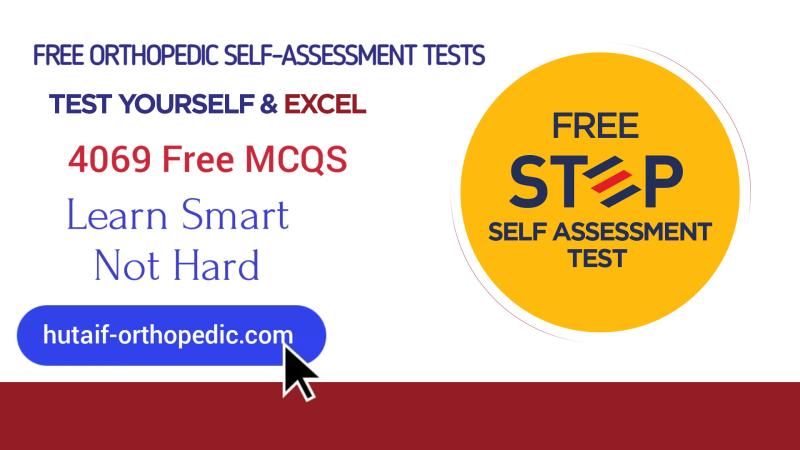ORTHOPEDICS HYPERGUIDE 2022 MCQ-1251-1300




Vice Dean of the Faculty of Medicine at Sana'a University and a leading consultant in orthopedic and spinal surgery. Learn more about my expertise and achievements.